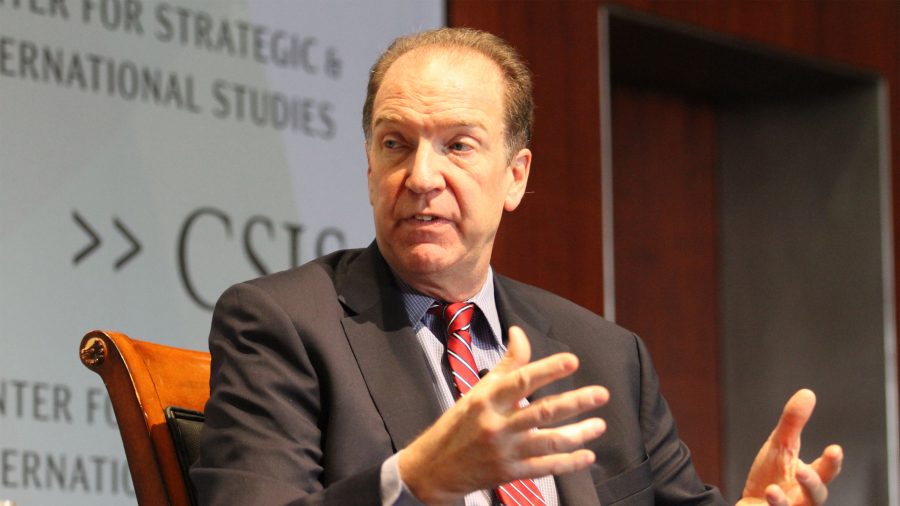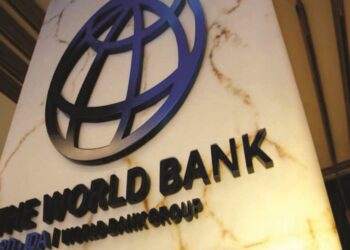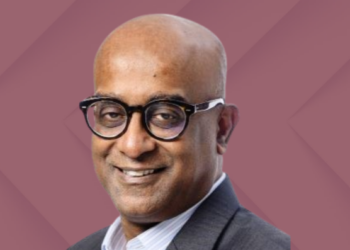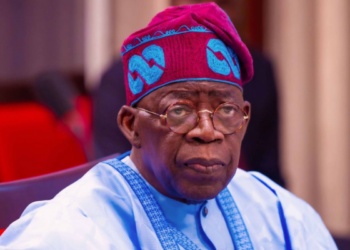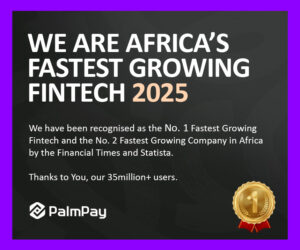The World Bank has announced the appointment of 2 Vice Presidents for the newly created divisions in the Sub-Saharan African Regional portfolio, which was announced earlier in the year 2020.
This was disclosed by the Bretton Woods Institution in a press statement released on Wednesday July 1, 2020.
The newly created divisions – Western/Central Africa and the Eastern/Southern Africa – are a sign of the strong commitment of the World Bank to Africa.
The Sub-Saharan region had been led since 2018 by Hafez Ghanem, who now takes on the role of Vice President for Eastern and Southern Africa, while Ousmane Diagana becomes Vice President for Western and Central Africa today.
According to Hafez Ghanem, “Our commitment to Africa gets stronger every day and I am thrilled to work alongside Ousmane Diagana to deliver more resources to the people who need them the most. We are two Vice Presidents, but we see Africa as one, and will continue sharing lessons, expertise, and ideas across the continent.”
READ MORE: By 2030, nine in ten extremely poor people will be Africans
The creation of an additional Vice Presidency Unit is part of the World Bank Group’s continuous efforts to align resources with priorities. This will help drive the reforms and policies needed to achieve sustained and broad-based growth, alleviate poverty and raise living standards for people on the continent.
In his statement Ousmane Diagana said, “I am honored to lead the Bank’s efforts in West and Central Africa, with a strong focus on innovation, impact, and transformation. Working together with Hafez, I know we can and will do more to put countries and people first and find ways to confront today’s development challenges using all of the tools at our disposal.”
Diagana’s appointment comes as the Bank looks to strengthen the delivery of its Africa program and further improve its operational focus on regional portfolios to better support the transformational improvements that are possible in Africa.
READ MORE: FG inaugurates gold refinery project, boosts smaller-scale mining operations
The World Bank is expected to lend about $50 billion to 48 countries in Sub-Saharan Africa, which is significantly more than what will be spent in any other region. This also makes up to one-third of the World Bank’s entire portfolio, which includes projects and programmes in areas like agriculture, energy, trade and transport, education, health, water and sanitation.
Ousmane Diagana is a Mauritanian national with more than 25 years of development experience, Diagana joined the Bank in 1992. As the Vice President of Western and Central Africa, Diagana will lead the World Bank’s strategic, analytical, operational and knowledge work in Western and Central Africa.
Since joining the Bank, Diagana has held several technical and managerial positions including Country Director for Mali, Niger, Chad, Guinea, and Country Director for Cote d’Ivoire, Burkina Faso, Guinea, Benin and Togo. Diagana has worked extensively in Fragile, Conflict and Violence (FCV) affected countries.
READ MORE: World Bank approves $750 million loan to Nigeria for power sector
Prior to this appointment, Diagana was the World Bank Group Vice President for Human Resources. He also served as Vice President for Ethics and Business Conduct and World Bank Group Chief Ethics Officer. As World Bank Group Vice President for Human Resources, he has been central to many initiatives to bring staff closer to clients, particularly in FCV client countries.
Hafez Ghanem, an Egyptian and French national, is the Regional Vice President for Eastern and Southern Africa. A development expert with over 30 years of experience, Dr. Ghanem leads relations with 26 countries, and oversees over 280 projects totaling more than $49 billion.
Prior to his appointment, Dr. Ghanem served as the Vice President for Africa. Under his leadership, the World Bank supported inclusive growth and poverty reduction by financing projects that boost human capital, support private sector development, raise agricultural productivity, improve access to infrastructure, build resilience to climate change, and promote regional integration.
Intensifying assistance for fragile and conflict-affected states, promoting gender equality, and providing economic opportunities for youth were core to his vision for the Africa Region.

